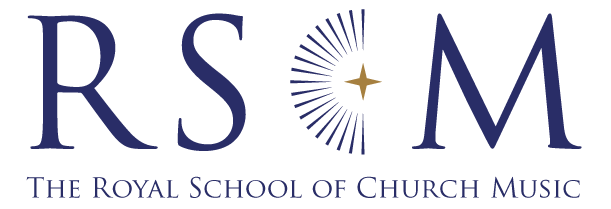
Singing for Health 3
Hello, dear singing friends! Isn’t it wonderful how using your voice helps one’s mental, physical, and spiritual survival? I do hope that this is working for you.
This week’s tip is hugely important, not just for singing but also for life in general. Here it is: Relax!
We all hold tension in our bodies. The best singing comes from a body that is relaxed, and that extra effort we sometimes put into singing by screwing up our face, tensing our shoulders, gripping our music too hard and so on actually gets in the way and consumes energy that we need for fully released singing and making the most of our voice.
Here’s what we can do to help ourselves to lose the tension, beginning with a postural exercise I have borrowed from Alexander Technique:
- Stand with feet slightly apart and arms resting by your sides.
Imagine that there is a cord attached to the crown of your head that comes down from the ceiling. That cord is so incredibly strong that it is holding you up (NB: not pulling you up — you are depending from it).
This means that you only need the muscles required to stand, held by the cord, and everything else can be let go. Curiously, you will feel taller but without stiffness, so you’re not ‘standing to attention’.
- Your shoulders will fall; your hands should be like dead weights (bags of sugar!) at the ends of your arms (give them a wee shuggle and then let everything go again); locate and think about your muscle groups and let them go until you are sure that none of them are engaged that are not required for simple standing, held up by that miraculous cord; ensure that the cord is holding you from the crown and nowhere else.
- Now, memorise this feeling and try to reproduce it when you sing. I will talk more about ‘muscle memory’ next time.
Why from the crown and nowhere else on your head?
This is because your voice box and larynx will adopt the ideal singing position. If the chin is raised up or too far depressed, you put a kink in the larynx which impedes optimum tone and projection. Think of your larynx as the shape of the cardboard tube inside a loo roll — you want to preserve that perfect cylinder!
More Tension Dispelling Exercises
Shoulders. From the ‘cord’ posture do some gentle shoulder rolls in one direction and then the other. You will feel warmth in the muscles after a time. Then let go again into the fully relaxed ‘cord’ posture.
Neck. From the ‘cord’ posture turn your head from side to side, gently, with your eyes leading the way every time. Then gently roll your head round on your neck, with your mouth open and slack (so as not to pull on the vocal bits in your neck). You will feel warmth in the muscles on either side after a time. Then let go again into the fully relaxed posture.
Jaw (the most difficult to area to release from tension). From the ‘cord’ posture adopt the most gormless look you can manage by dropping the jaw. Wiggle your jaw from side to side (gently) and then relax. Do some gentle pretend chewing and then relax once more into that utterly ‘gormless’ look. Imagine you mouth and jaw is full of dental anaesthetic! A relaxed jaw when singing makes a HUGE difference to the tone and the stamina of your vocal equipment.
NB: The finest singers do not smile as they sing (engaging the zygomatic muscles pulls on the vocal equipment and harshens tone) as they sing — they smile between phrases, if appropriate! It is taught sometimes for short-term gains but you want to be the best voice you can be, right?
Now, sing ‘aaaaah’ from that position and see how it feels.
How can you practice the relaxed jaw for singing? Here is an exercise to begin with:
Stand in front of a mirror and stand in the ‘cord’ position with a completely relaxed jaw. Place your tongue with the sides against the sides of your upper teeth with as little tension as possible. Only moving your tongue, sing ‘ya, ya, ya, ya, ya…’ with no movement of the jaw.
If your jaw moves, stop and rethink the relaxation and tension release procedure and start again. Don’t let yourself off the hook — try to get the tension-free habit!
Do the same with ‘la, la, la, la, la…’ For this one, the tongue should begin from just behind the upper teeth. Keep the tongue as relaxed as possible.
For Advanced Singers
What is your tongue up to?
Tongue tension can really get in the way of your voice! The tongue is big — bigger than you think — and you don’t want it sitting too far back and blocking the lovely sound you want to make. Many singers are not sure where to put it. Here is a system that works and will ensure that you sing the most beautiful vowels:
With a relaxed face and jaw, place your tongue (totally relaxed) resting, almost touching the back of your lower teeth, sitting just where your gums end. Imagine that it sits there with a slight curve, just waiting for when you need it. You can sing all the vowels with it in that position: ah; eh; eee; oh; oo.
Practise making all the consonants with the most minimal, relaxed, and slow movements of your organs of articulation (tongue, teeth, lips, jaw, hard and soft palate) from that position. Try to avoid retracting the tongue so that it is blocking the path of the sound. Always ensure that your tongue returns to that completely relaxed starting position. Don’t tighten on ‘eee’!
This takes some time to get used to, but your voice will respond with greater vocal beauty.
